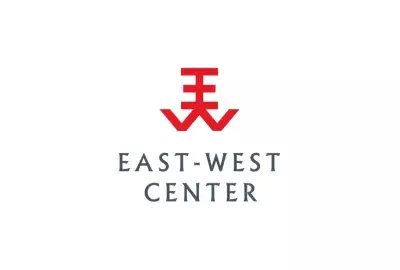Error message

Highly pathogenic avian influenza (HPAI) is an important public health concern because of its potential to cause widespread morbidity and mortality in humans and poultry and associated devastating economic losses. In this study we examined how perceptions of and response to the risk of HPAI in poultry vary across communes/wards in the north of Vietnam at different levels of urbanization (rural, transitional, urban). We conducted a quantitative household survey with 1073 respondents. Results suggested that the perceived risk of HPAI in poultry was highest in transitional and rural settings. Respondents in these settings were more likely than respondents in urban settings to agree that the process of change (in urbanization, agricultural practices, or natural habitat) increased the likelihood of an outbreak of HPAI in poultry. Compared with others, respondents in transitional areas reported that they do less planning and perceive vaccines to be more effective, while respondents in rural areas reported less perceived ability to separate infected poultry from others. We also found that the inability to respond is not necessarily because of an inability to perceive change but because, rapid and extensive change poses different challenges for poultry management as communes move from rural to transitional to urban settings. Our results suggest that public and animal health campaigns could be tailored in a way that recognizes the needs of poultry raisers in different settings.
Highly pathogenic avian influenza (HPAI) is an important public health concern because of its potential to cause widespread morbidity and mortality in humans and poultry and associated devastating economic losses. In this study we examined how perceptions of and response to the risk of HPAI in poultry vary across communes/wards in the north of Vietnam at different levels of urbanization (rural, transitional, urban). We conducted a quantitative household survey with 1073 respondents. Results suggested that the perceived risk of HPAI in poultry was highest in transitional and rural settings. Respondents in these settings were more likely than respondents in urban settings to agree that the process of change (in urbanization, agricultural practices, or natural habitat) increased the likelihood of an outbreak of HPAI in poultry. Compared with others, respondents in transitional areas reported that they do less planning and perceive vaccines to be more effective, while respondents in rural areas reported less perceived ability to separate infected poultry from others. We also found that the inability to respond is not necessarily because of an inability to perceive change but because, rapid and extensive change poses different challenges for poultry management as communes move from rural to transitional to urban settings. Our results suggest that public and animal health campaigns could be tailored in a way that recognizes the needs of poultry raisers in different settings.
East-West Center Working Papers: Environment, Population, and Health Series






